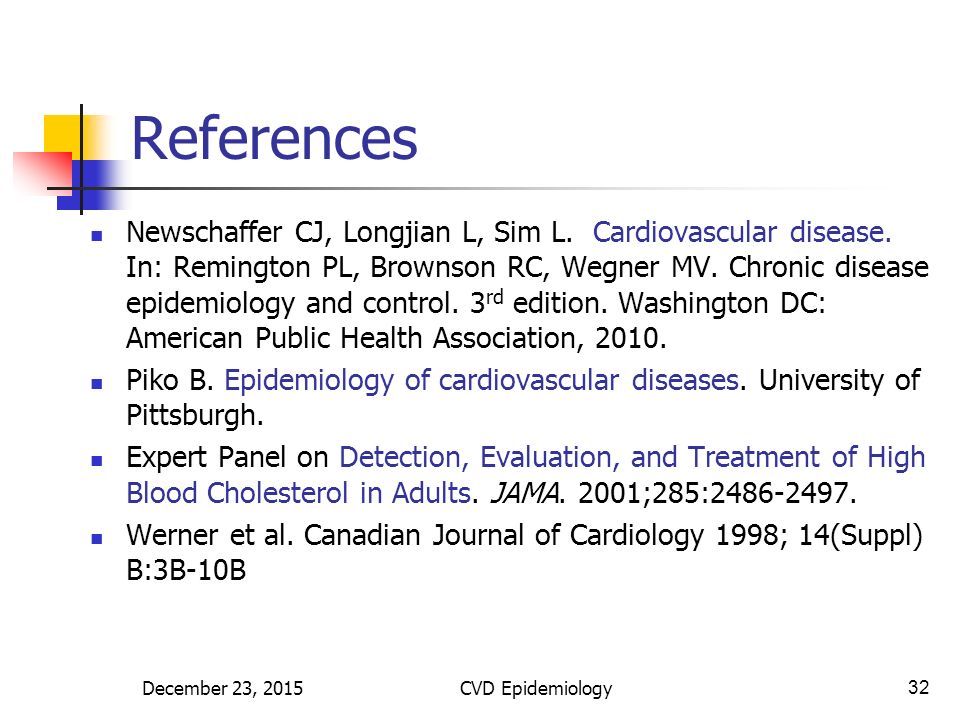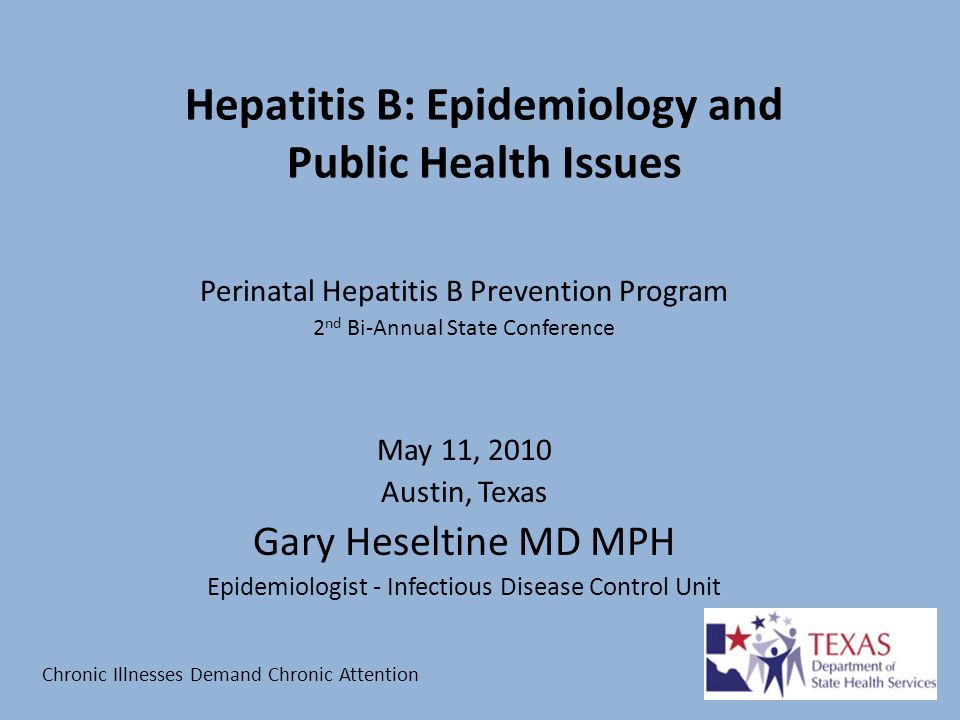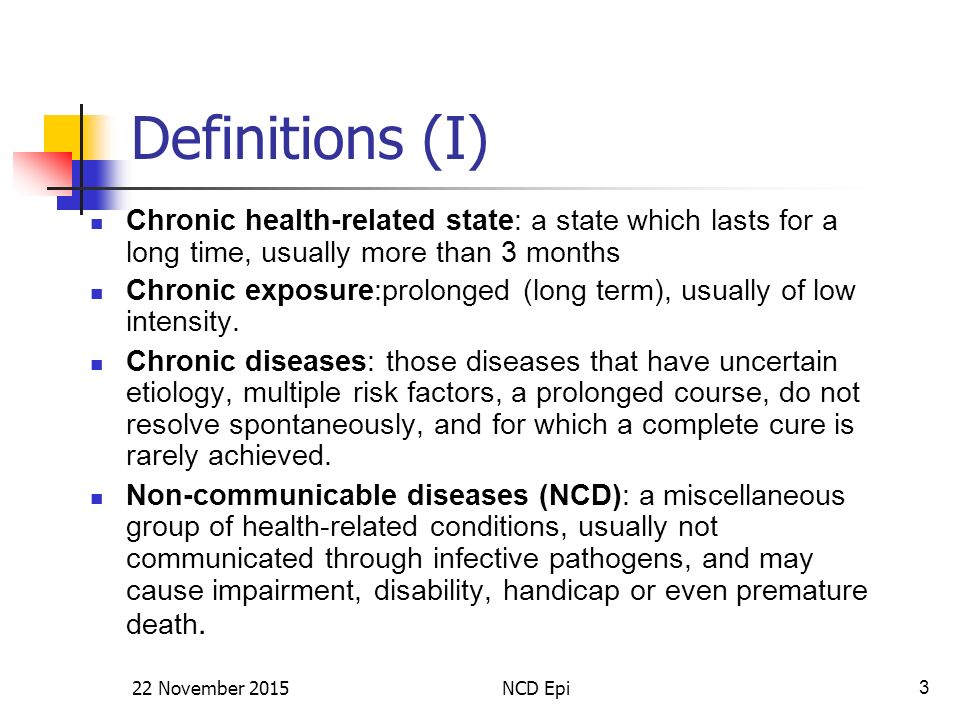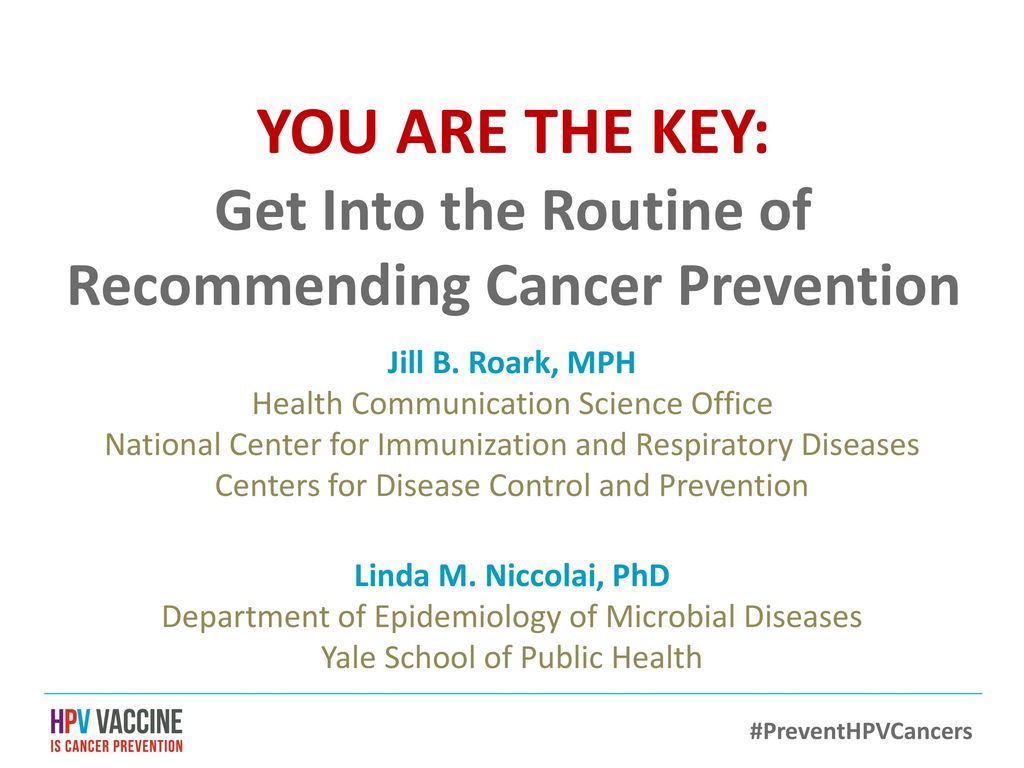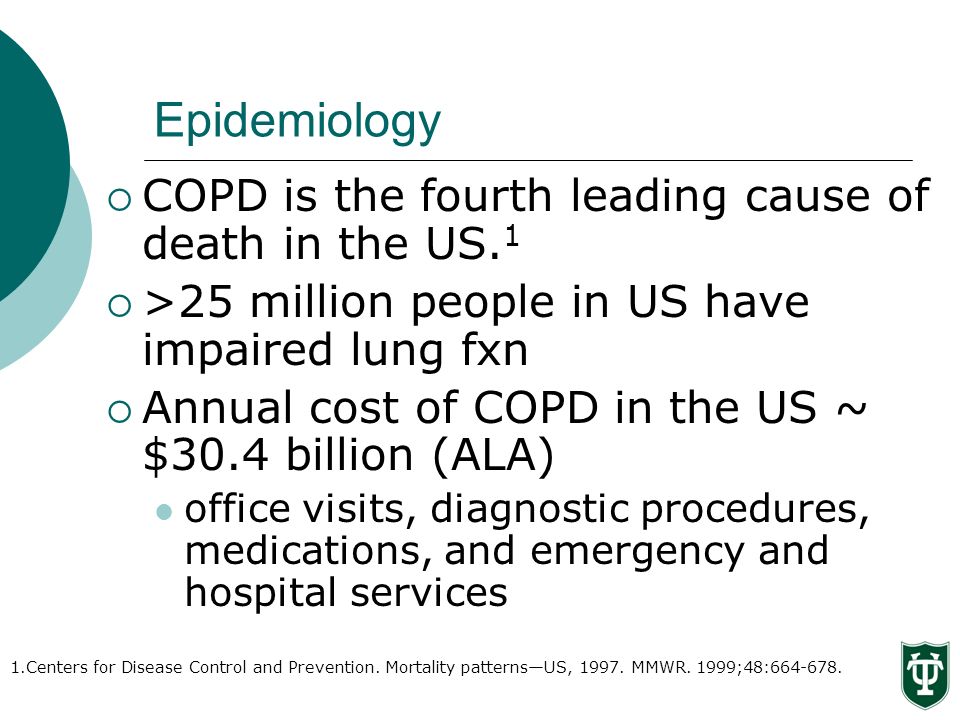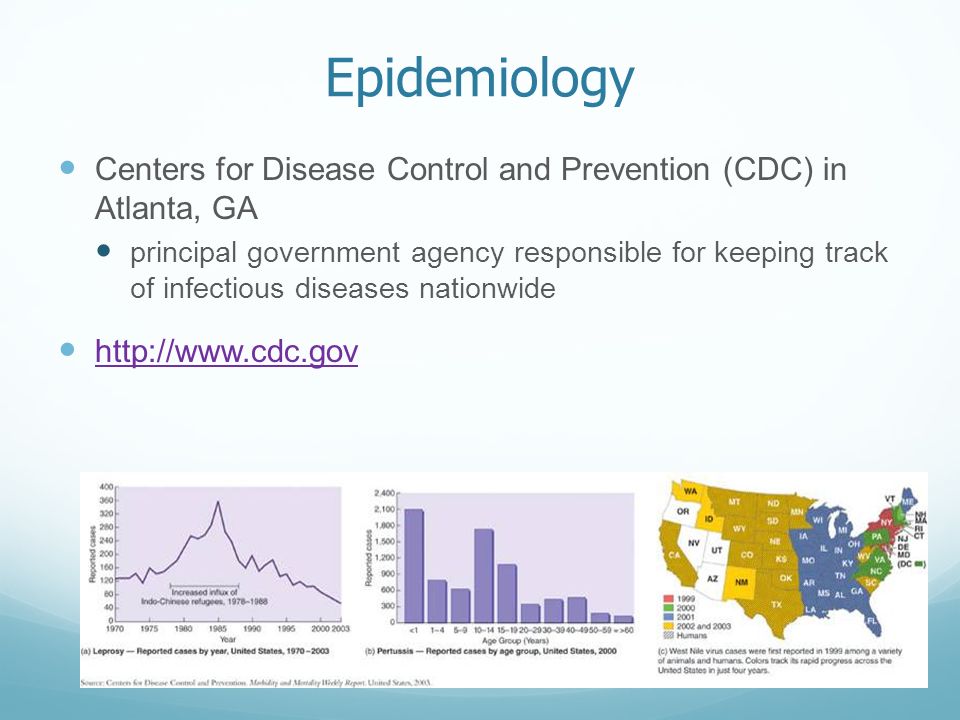Chronic Disease Epidemiology Prevention Control
Data: 4.09.2018 / Rating: 4.7 / Views: 550Gallery of Video:
Gallery of Images:
Chronic Disease Epidemiology Prevention Control
Research in the chronic disease epidemiology unit addresses the etiology, prevention, distribution, natural history, and treatment outcomes of chronic health disorders, including cancer (particularly breast, colon, lung, prostate, ovary and pancreas), cardiovascular disease, diabetes, gastrointestinal and pulmonary disease, and obesity. Natasha McCoy, MPH Arthritis, Cancer, Epidemiology Mentoring Natasha M. McCoy is a Senior Public Health Consultant for the National Association of Chronic Disease Directors and currently provides services for CORE, the Associations CDCfunded program, along with. Editor of the new edition of Chronic Disease Epidemiology Prevention and Control, Remington discussed with us the current knowledge and best practices in the prevention and control of major chronic diseases and their risk factors. Epidemiology and Disease Control The Florida Department of Health in Broward County Epidemiology Program staff performs surveillance and investigates cases of reportable diseases and conditions. Staff investigates outbreaks of infectious diseases and institutes prevention and control measures to stop the spread of disease. Global surveillance, prevention and control of chronic respiratory diseases: a comprehensive approach Jean Bousquet and Nikolai Khaltaev editors. Respiratory tract diseases epidemiology. 2 Respiratory tract diseases etiology. Pulmonary disease, Chronic obstructive. The Division of Chronic Disease Prevention focuses on the following areas: Epidemiology and surveillance, which includes gathering, analyzing, and disseminating data and information and conducting evaluation to inform, prioritize, deliver, and monitor program and population health. The Chronic Disease Prevention Section of the Georgia Department of Public Health aims to reduce the burden of chronic diseases in Georgia by providing access to early screening, detection and treatment services and services to control chronic diseases; and 3) supporting communities in creating policy, systems and environmental changes. Centers for Disease Control and Prevention Fiscal Year 2017 Grants Summary Profile Report for Chronic Disease Prevention and Health Promotion 7, 956, 445 29. 6 Epidemiology, and PH Informatics 129, 603 Vaccines for Children 703, 838 The Health Promotion and Chronic Disease Prevention (HPCDP) Section is part of the Community Health Improvement Division of the Texas Department of State Health Services. The section serves Texans by creating, promoting, and guiding public health programs across the lifespan to promote healthy lifestyles and educate, prevent, and manage chronic. Chronic disease epidemiology, prevention, and control, chronic disease epidemiology and control, fourth edition provides an overview of current knowledge and best practices in the prevention and control of major chronic diseases and their risk factors. Preventing chronic disease tools for. Epidemiology of Chronic Disease: Global Perspectives is the most current and authoritative resource on the epidemiology, etiology, pathogenesis, risk factors and preventive factors of forty common chronic diseases. This comprehensive text provides readers with an excellent basis for examining current hypotheses regarding chronic disease epidemiology. PHC 6003 EPIDEMIOLOGY AND PREVENTION OF CHRONIC DISEASES University of Florida College of Public Health and Health Professions College of Medicine Chronic Disease Epidemiology and Control. American Public Health Association. Note: Citations are based on reference standards. However, formatting rules can vary widely between applications and fields of interest or study. The specific requirements or preferences of your reviewing publisher, classroom teacher, institution or organization should be applied. Welcome to the Centers for Disease Control and Prevention. For over 60 years, CDC has been dedicated to protecting health and promoting quality of life throu Integrated chronic disease prevention and control Introduction. Chronic diseases are the leading causes of death and disability worldwide. Disease rates from these conditions are accelerating globally, advancing across every region and pervading all socioeconomic classes. A chronic condition is a human health condition or disease that is persistent or otherwise longlasting in its effects or a disease that comes with time. The term chronic is often applied when the course of the disease lasts for more than three months. Objectives By the end of the presentation, the participant will be able to: Describe the common tasks and role of epidemiology in chronic disease prevention and control Discuss the functions of surveillance in chronic disease The 11 centers, institutes, and offices of the agency include the centers for chronic disease prevention and health promotion, environmental health, health statistics, infectious diseases, injury prevention and control, immunizations, and occupational safety and health. Chronic Disease Prevention and Health Promotion. Emerging and Zoonotic Infectious Diseases: Centers for Disease Control and Prevention Fiscal Year 2016 Grants Detail Profile Report for Rhode Island FY2016. Total: 30, 515, 429 EPIDEMIOLOGY AND LABORATORY CAPACITY FOR INFECTIOUS DISEASES (ELC) BUILDING AND. Chronic Kidney Disease in Disadvantaged Populations investigates the increased incidence and prevalence of kidney disease in vulnerable populations worldwide. The volume explores the complex interactions of genetic, biologic, cultural and socioeconomic factors such as the environment, and specific health. Chronic Kidney Disease (CKD) Surveillance Project. Blood Pressure Treatment and Control in CKD. Blood Pressure Treatment and Control Among Adults with CKD; Centers for Disease Control and Prevention. Chronic Kidney Disease Surveillance SystemUnited States. Chronic Disease Prevention and Control Chronic diseases are the leading cause of death in the United States and account for three out of every four deaths. Examples of chronic diseases include heart disease, cancer, stroke, diabetes, and hypertension. Find out how CDCs chronic disease prevention system brings together data, health care systems, and communities to support healthy choices and reduce risk behaviors for all Americans. Learn how CDCs Center for Chronic Disease Prevention and Health Promotion (NCCDPHP) helps people and communities prevent chronic diseases and promote health. 116 of 42 results for chronic disease epidemiology and control Chronic Disease Epidemiology, Prevention, and Control Nov 17, 2016. Only 2 left in stock order soon. Chapter 4Epidemiology: Prevention and Control of Diseases and Health Conditions. fourth main cause of death in the US, a chronic disease characterized by damage to blood vessels of the brain resulting in disruption of circulation to the brain, risk factors include hereditary, behavioral, and environmental factors, esp. United States Virgin Islands Walkability Institute. The 2017 USVI Walkability Institute is made possible through a partnership with TEPHINET, a program of The Task Force for Global Health (TFGH), the Centers for Disease Control and Prevention (CDC), and the USVI Department of Health (USVIDOH). The answers depend on how successfully the evolving global health system can prevent and control chronic disease. This book highlights chronic disease prevention requires sophisticated approaches to the contributions made by healthcare and public health sectors. Chronic Disease Epidemiology and Control, Fourth Edition provides an overview of current knowledge and best practices in the prevention and control of major chronic diseases and their risk factors. The mission of the Master of Public Health (MPH) Global Health Epidemiology and Disease Control program is to prepare the next generation of global health professionals to develop and rigorously appraise infectious and chronic disease controlrelated programs using analytical and creative assessment skills. Chronic Disease Epidemiology and Control, Fourth Edition provides an overview of current knowledge and best practices in the prevention and control of major chronic diseases and their risk factors. The course examines why chronic disease is a global problem, and describes WHO frameworks for chronic disease prevention. It also reviews the epidemiology of specific chronic diseases including trends in and surveillance of these conditions, and the global (and country level) burden of disease. Irwin, PhD, MPH is Professor of Epidemiology at the Yale School of Public Health, Associate Director (Population Sciences) in the Yale Cancer Center, CoProgram Leader of the Cancer Prevention and Control Research Program at Yale Cancer Center, and Deputy Director (Public Health) in the Yale Center for Clinical Investigation. The 4th edition of Chronic Disease Epidemiology, Prevention, and Control is timely during this era of transition and uncertainty and namely serves as a useful and informative guide to get us from where public health is to where public health needs to be. The third edition of Chronic Disease Epidemiology and Control presents an updated compendium of contributions from a diverse group of public health professionals with expertise in chronic disease causation, prevention, and intervention. The book targets varied readers, from those in academia to those in public health practice. Chronic Disease Epidemiology and Control, Third Edition, describes the latest developments in the science of chronic disease and offers solid, evidencebased strategies. The third edition of Chronic Disease Epidemiology and Control presents an updated compendium of contributions from a diverse group of public health professionals with expertise in chronic disease causation, prevention, and intervention. The book targets varied readers, from those in academia to those in public health practice. The Centers for Disease Control and Prevention the PHS transferred its San Francisco based plague laboratory into the CDC as the Epidemiology Division, and a new Veterinary Diseases Division was established. An Epidemic Intelligence Service National Center for Chronic Disease Prevention and Health Promotion. Methods Used in Chronic Disease Epidemiology, Prevention, and Control, Applied along the Chronic Disease Continuum Because disease is the end result of a continuum, it is sometimes difficult to determine whether disease is even present at all. Center for Chronic Disease Prevention and Control Epidemiology and Surveillance. In an effort to monitor trends, track progress, a chronic disease selfmanagement program, and other local classes. Although there are many chronic diseases The Center works to prevent. Chronic Disease Epidemiology and Control, Fourth Edition provides an overview of current knowledge and best practices in the prevention and control of major chronic diseases and their risk factors. Prevention and Control of Communicable Diseases Department of Health and Senior Services Bureau of Communicable Disease Control and Prevention Jefferson City, MO (573) (866) email: info@health. Prevention and Control of Communicable Diseases A Guide for School Administrators, Nurses, Teachers, Child Care. Chronic diseases account for 6 of the top 7 causes of death in the United States according the Centers for Disease Control and Prevention. From cardiovascular disease to diabetes to cancer and pulmonary disease, chronic diseases claim far more lives than such. American Journal of Public Health (AJPH) from the American Public Health Association (APHA) Chronic Disease Epidemiology, Prevention, and Control, 4th edition The American Journal of Public Health (AJPH) from the American Public Health Association (APHA) The Chronic Disease Epidemiology Group studies a wide range of chronic diseases and conditions. Work takes advantage of large prospective cohort studies developed to study the impact of environmental and lifestyle exposures on population health. Infectious Disease Epidemiology, Prevention and Control (IDEPC) Division Infectious diseases, from flu to smallpox, affect all of us at one time or another. Through the Infectious Disease Division (IDEPC), we monitor the occurrence of infectious diseases, develop strategies for preventing and controlling disease, and work to put those. Segregation of epidemiology into chronic and infectious diseases has led to a neglected area in public health the interface between chronic disease and infectious disease. Indeed, this neglected area requires increased public health attention across a broad spectrum of activity, including research, surveillance, prevention and control. Disease Prevention and Control Guidelines. the Committee to Advise on Tropical Medicine and Travel (CATMAT) or the Advisory Committee on Epidemiology (now defunct) as well as by numerous expert and scientific groups who collaborate with PHAC. Chronic Obstructive Pulmonary Disease (COPD) Chronic Obstructive Pulmonary Disease (COPD) This change will primarily control blood pressure, but will also improve the effect of RAAS inhibition on albuminuria and progression of chronic kidney disease, enable volume control in individuals with advanced chronic kidney disease, and possibly confer independent prevention of cardiovascular disease. 72 Disease Control and Prevention. The findings and conclusions are those of the author and do not necessarily represent Supplemental Report: Chronic Disease Epidemiology Capacity Findings and Recommendations, 2009. Council of State and Territorial Epidemiologists.
Related Images:
- The 3 muskateers
- Removewat windows 8
- Chapter 11 Biology The Dynamics Of Life Answer Key
- Windows 7 original activator
- Splash 1984 720p
- XMEN DAYS OF FUTURE PAST trailer
- Standard Of Excellence Book 1 Clarinet Pdf
- Born to die
- Cold beer with your name on it
- The simpsons s19
- Indie rock playlist july 2018
- Win xp pro key
- Once Upon a Time S04E04 1080p
- More unfinished business
- Aprende a importar de china y usa pdf
- S01e05 tron uprising
- Tom clancy s splinter cell pandora tomorrow
- Junkers Gas Water Heater W275 Manual
- Download game asphalt 6 nokia x2
- Brazil love conquers all
- The Form of Music
- Crochet gifts in
- Analisis Multivariante Aplicado
- Amazing race season 17
- Toyota Hilux 2kd Engine Repair Manuals
- Toast 9 os x
- Brooklyn NineNine S05E01
- A very special christmas flac
- Anima Christi Piano Pdf
- I love disco vol 1 1998
- Bring it s01e02
- Asian 4 You Vids crack
- Art of small talk
- Photo dvd maker professional key
- Music chris brown
- Rich homie quan still
- Big bang theory avi
- Enrique iglesias album enrique
- Always sunny in season 6
- Lost season 7
- Axe men season 7
- Mg10 2 manual pdf
- Drilling Data Handbook IFP Publications
- Mommy you and me make 3
- Embrace vampire sub
- I robot hd
- Ek villain 2018
- Hells kitchen s12e14
- French wolf creek
- Windows Xp Professional Sp3 PtBr Serial Download
- Solo en casa
- Quincy Air Compressor Model 216 Manual
- October 05 2018
- Jim carrey nl sub
- The Realities of Fiction
- 2004 hindi english
- 18 wheels acros of america
- Nursing drug handbook
- College Algebra 10th Michael Sullivan
- Fast and furious 5 movie
- Two and half man season 1
- Dean ray coming back
- Sperm receptacles 6
- The mindy project 210
- Nl ebook esther verhoef
- Emmanuelle II
- Game copy software
- Sound effects for video
- Win 7 home basic
- Extant x264 dimension
- House of darkness house of light
- Bold and the beautiful 2018 10 29
- Evil Pink 4 Download Free 720p
- Spandex load 7
- The mill 05



